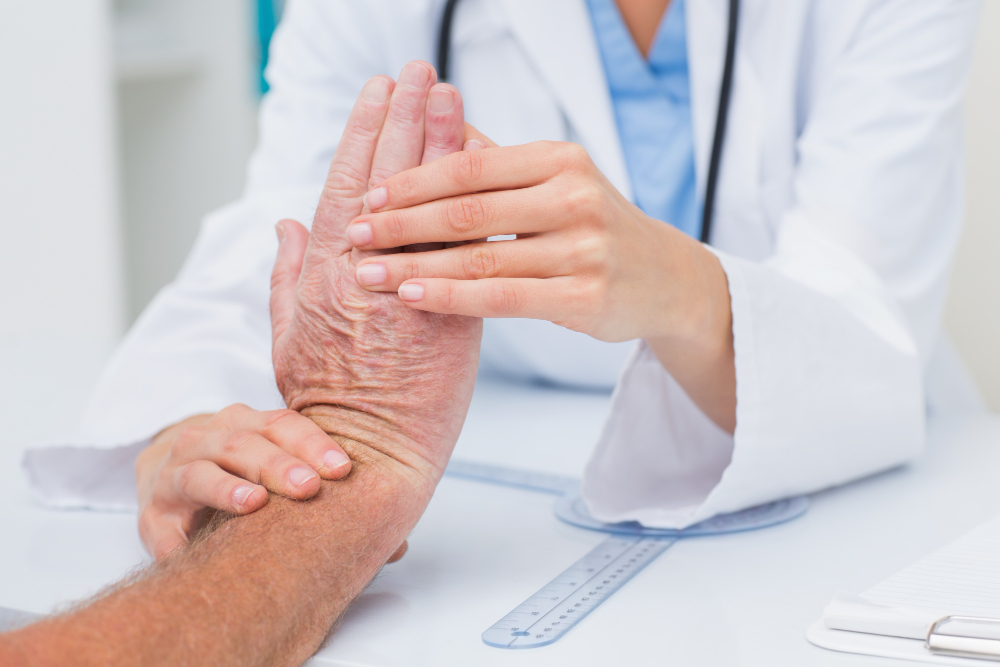DeQuervains Release

What is De Quervain’s Release Surgery?
De Quervain’s release surgery involves making an incision in the wrist to access the compartment where the tendons of the thumb pass through. The surgical procedure aims to release the constricting sheath around the tendons, reducing friction and irritation.
Indications for Surgery:
De Quervain’s release surgery is considered when conservative treatments (such as rest, splinting, and medications) fail to provide adequate relief for severe or persistent De Quervain’s tenosynovitis symptoms.
Procedure:
The surgery typically involves the following steps:
- Anesthesia: Local or regional anesthesia is administered to numb the hand and wrist.
- Incision: A small incision is made at the base of the thumb or on the side of the wrist to access the compartment containing the tendons.
- Tendon Release: The constricting sheath around the tendons is carefully cut or released, allowing the tendons to move more freely.
- Closure: The incision is closed with sutures or adhesive strips, and a bandage is applied.
Recovery and Rehabilitation:
After De Quervain’s release surgery:
- Pain and discomfort are managed with prescribed medications.
- Physical therapy exercises help improve thumb strength and mobility.
- Gradual return to normal activities, with restrictions based on the surgeon’s guidance.
Advantages of Surgery:
- Relief from De Quervain’s tenosynovitis symptoms, such as pain, swelling, and restricted thumb movement.
- Improved thumb function and reduced “catching” or “locking” sensation.
Risks and Complications:
While De Quervain’s release surgery is generally safe, potential risks include infection, bleeding, nerve or blood vessel damage, scarring, and incomplete symptom relief.
Conclusion:
De Quervain’s release surgery is a surgical option for individuals with severe or persistent De Quervain’s tenosynovitis symptoms that significantly impact thumb function and daily activities. By releasing the constricting sheath around the tendons, the surgery can provide relief from pain and improve thumb movement, enabling individuals to regain comfort and mobility in their hand and thumb. Consulting with a healthcare provider and discussing the benefits, risks, and expectations of the surgery is essential for making informed decisions about treatment.














